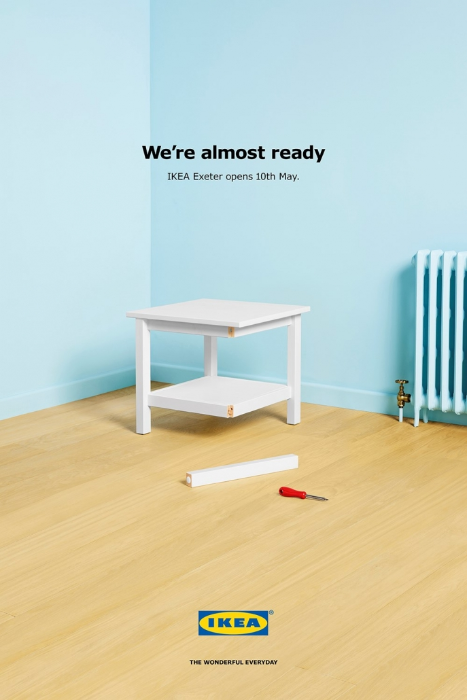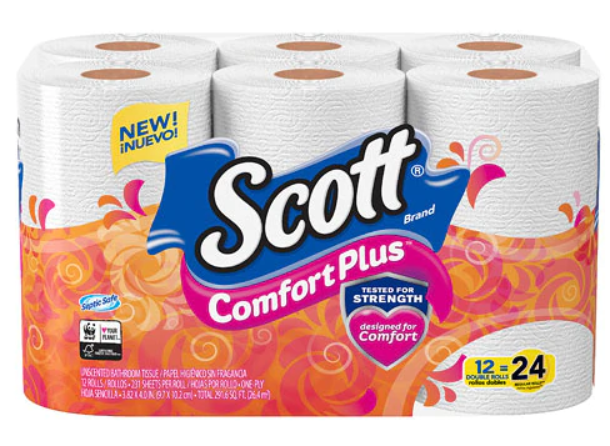Awe-Inspiring Ideas for Your Prefab Homes: Millennials’ Edition

In 2024, owning a home is a dream that many millennials aspire to achieve. However, with the ever-rising cost of housing, this dream seems to be getting further and further away. This is where prefab homes come in – a more affordable and efficient option for young adults looking to buy their first home.
If you’re a millennial looking to invest in a prefab home, you’re making a smart decision. Not only are prefab homes more affordable, but they also offer endless design possibilities and can be built in a fraction of the time it takes to construct a traditional home from scratch.
But what exactly can you do with a prefab home? Here are some awe-inspiring ideas for your dream prefab home.
Urban Minimalist Design
Imagine a sleek, modern oasis nestled in the heart of the bustling city – that’s the essence of urban minimalist design. Clean lines, neutral color palettes, and functional spaces characterize this aesthetic, creating a harmonious blend of style and simplicity.
Prefab homes embracing urban minimalism often feature open floor plans to maximize space efficiency and natural light penetration. The integration of eco-friendly materials adds a sustainable touch to these chic dwellings while maintaining their contemporary allure.
Compact yet sophisticated, these homes cater perfectly to millennials seeking a balance between urban living and minimalist aesthetics. With thoughtful design elements like modular furniture and smart storage solutions, every square inch is optimized for both comfort and functionality.
Transformable Prefab Homes

Imagine a home that can change and adapt to your needs effortlessly. Transformable prefab homes offer just that – the flexibility to modify your living space as you see fit. In fact, you can add a basement if you’d love. How? Find out at the Wohnen und Bauen.
With innovative design elements like movable walls, foldable furniture, and multi-purpose rooms, these homes cater perfectly to the dynamic lifestyle of millennials. Whether you need extra space for hosting friends or want a cozy nook for reading, transformable features make it all possible.
The beauty of these homes lies in their ability to evolve with you over time. As your preferences shift or your family grows, you can easily reconfigure the layout without major renovations. It’s like having a new home without actually moving.
Prefab Beach Houses
Prefab beach houses are not just about aesthetics; they also prioritize sustainability by using eco-friendly materials and energy-efficient design features. This means you can enjoy beachfront living without compromising on environmental responsibility.
Whether you’re looking for a cozy getaway or a permanent residence by the sea, prefab beach houses cater to various needs and preferences. With customizable floor plans and sleek, contemporary designs, these homes redefine coastal living in style.
Off-Grid Prefab Homes
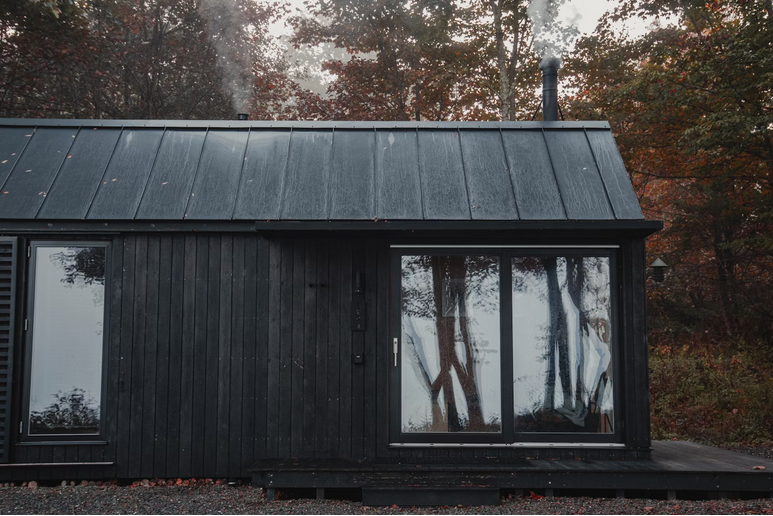
Now, if you’re more into off-grid living, these prefab homes are for you. These sustainable homes are designed to minimize your environmental footprint while maximizing your connection to the natural world. Off-grid prefab homes utilize renewable energy sources like solar panels and wind turbines to highly power up, allowing you to live independently from traditional utilities. They often incorporate rainwater harvesting systems and composting toilets, further reducing your reliance on external resources.
These innovative dwellings blend modern design with eco-friendly features, setting up a harmonious balance between aesthetics and sustainability. With their efficient insulation and energy-efficient appliances, off-grid prefab homes offer both comfort and conservation in one package.
So whether you’re looking for a sleek urban retreat or a cozy beachside escape, exploring the world of prefab homes opens up a realm of possibilities that can turn your housing dreams into reality. Start envisioning your perfect space today and watch as it transforms from concept to construction with ease. The future of housing is here – are you ready to embrace it?…




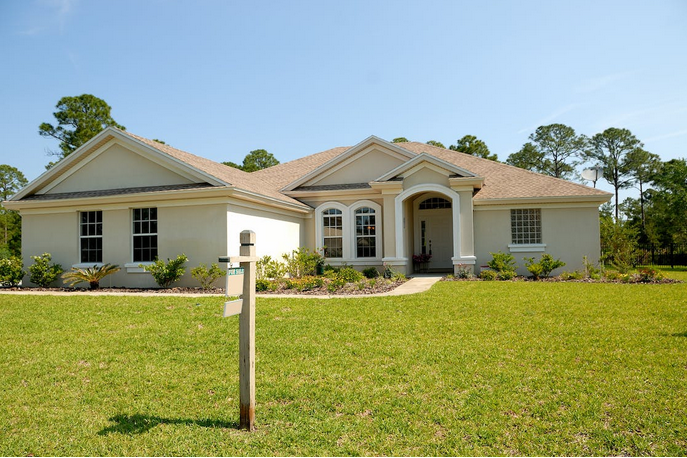
 Yes, most of the time, homeowners feel like they’ve done much to the house, thinking it should be priced much higher. Unfortunately, this is not the case. If it’s overpriced, your home won’t get any serious buyers, and the sale will take longer than expected. To prevent this from happening, you can use tools such as a CMA (Competitive Market Analysis) to compare the prices of similar homes in your area to help get your price right.
Yes, most of the time, homeowners feel like they’ve done much to the house, thinking it should be priced much higher. Unfortunately, this is not the case. If it’s overpriced, your home won’t get any serious buyers, and the sale will take longer than expected. To prevent this from happening, you can use tools such as a CMA (Competitive Market Analysis) to compare the prices of similar homes in your area to help get your price right.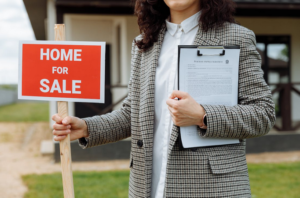 Even if we think we’ve done everything right in the sale of our homes, sometimes the market isn’t ready for it. As such, you can’t really do anything about it but wait until the market picks up again. However, there are things that you can do to make sure your home is in its best condition so buyers will be more likely to bid on it once the market starts to move again. For example, you can sell it to an investor or offer incentives to buyers such as reduced closing costs, making repairs before the sale, and providing a home warranty.
Even if we think we’ve done everything right in the sale of our homes, sometimes the market isn’t ready for it. As such, you can’t really do anything about it but wait until the market picks up again. However, there are things that you can do to make sure your home is in its best condition so buyers will be more likely to bid on it once the market starts to move again. For example, you can sell it to an investor or offer incentives to buyers such as reduced closing costs, making repairs before the sale, and providing a home warranty.